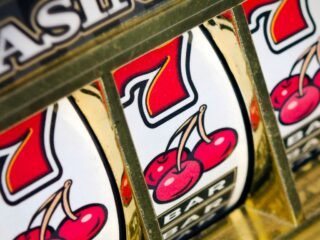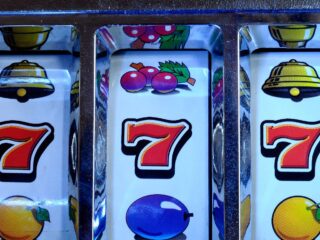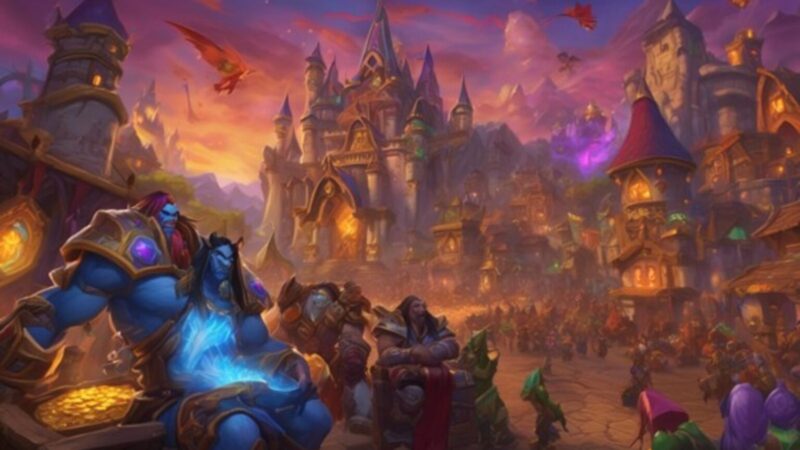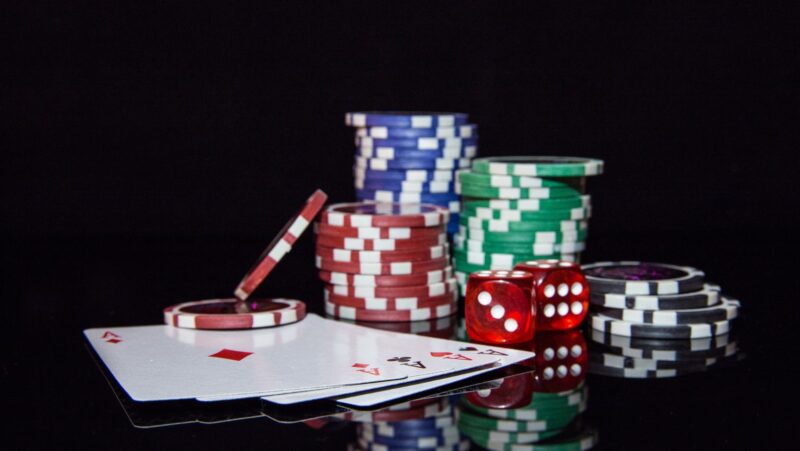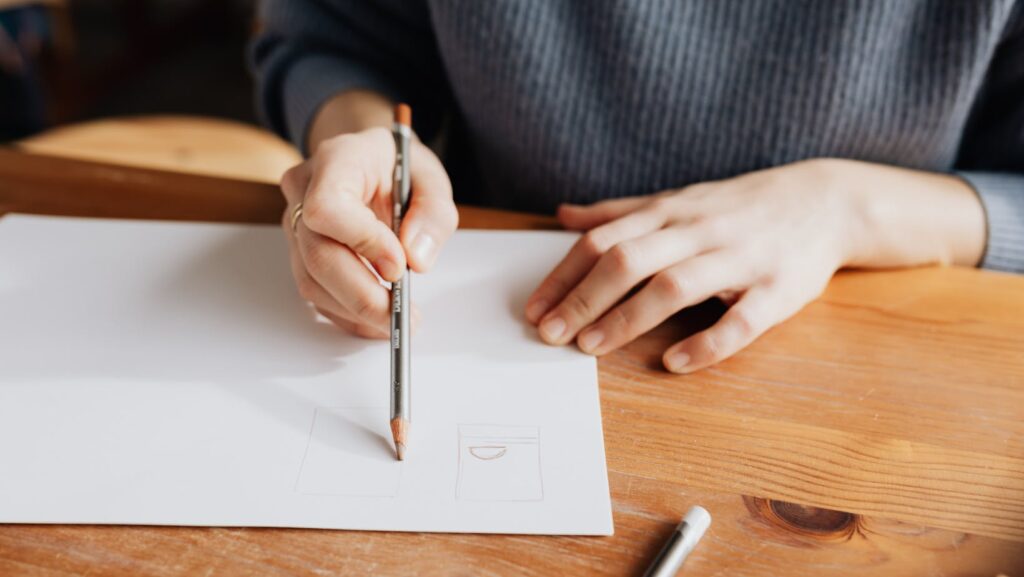
Unleashing creativity often starts with a simple pencil. Pencil drawing, a fundamental skill in the world of art, has the power to bring imagination to life. It’s an art form that’s both accessible and versatile, making it one of the most popular choices among beginners and professionals alike.
Pencil:F9kdhkibbmm= Drawings
This section further delves into the intricacies of pencil:f9kdhkibbmm= drawings, examining the interaction of pencil on paper and exploring diverse styles prevalent in this art sphere.
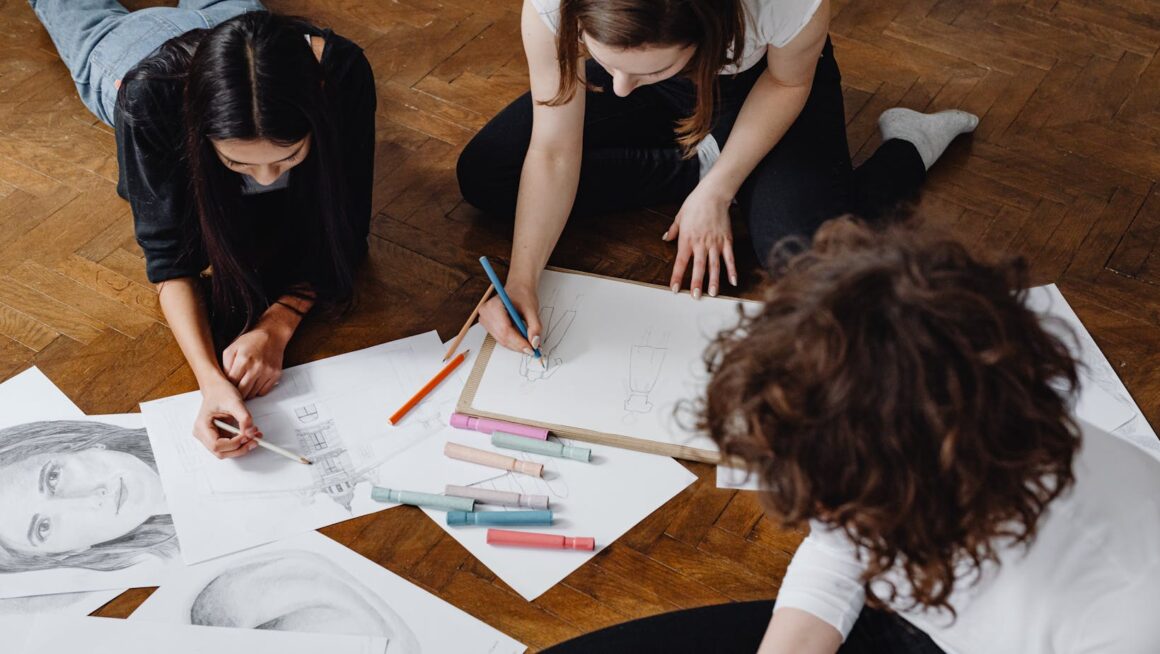
When putting pencil to paper, wonders occur on a microscopic level. Pencil lead—typically made of a mixture known as graphite and clay—releases tiny particles onto the paper’s surface upon contact, creating visible lines. The amount of clay present in the lead impacts the hardness or softness of the pencil, thereby varying the darkness of the lines drawn, and influencing the creativity expressed in the artwork.
A pencil’s stroke, be it a soft caress or a defining line, leaves behind a trail of graphite particles that bind to the paper. The binding strength correlates directly to the paper’s texture. Rougher surfaces typically hold the graphite better, providing the required constraint for more detailed art forms. This balance, understanding the interaction of the pencil and paper, becomes a pivotal element lending character to every pencil drawing.
Tools for Pencil Drawing
The pencil is the primary tool in pencil:f9kdhkibbmm= drawings, impacting the label and hardness of the drawings. HB pencils, for example, balance between soft and hard varieties, producing medium tones. B pencils, on the other hand, lean towards the softer side, capable of creating dark tones. They range from B (soft), 2B, 3B going up to 9B (very soft). H pencils are harder, with ranking from H (hard), 2H, 3H and so on, until 9H (hardest). These pencils produce lighter tones, which are ideal for precise lines and detailed work.
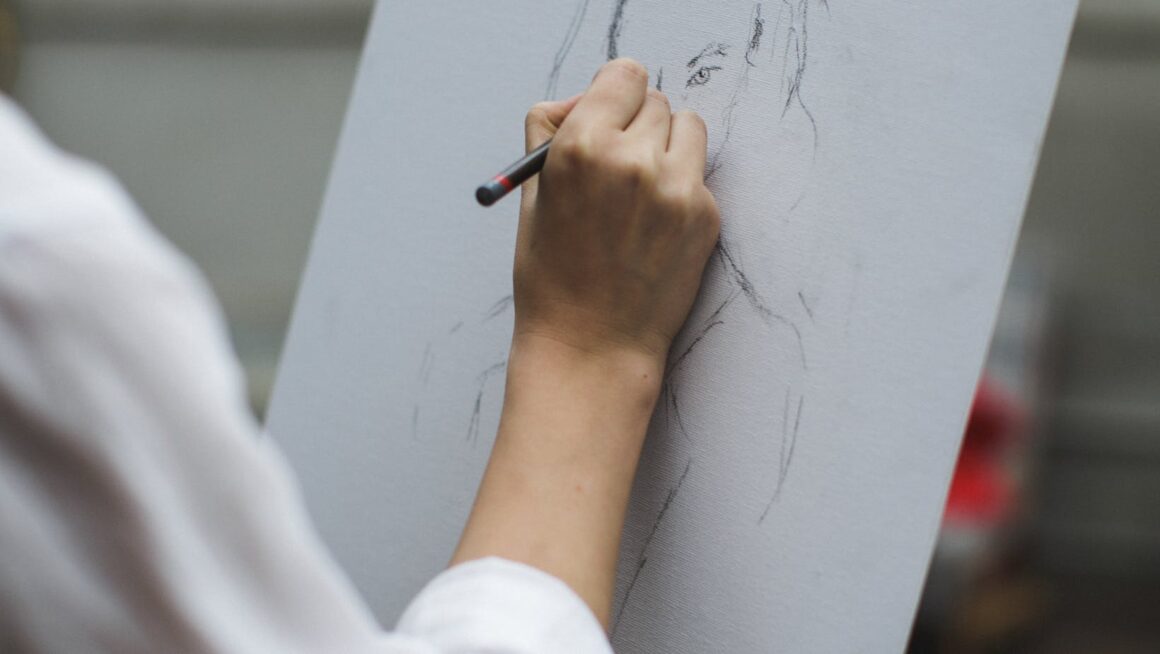
Other than the pencil, several accessories play instrumental roles in pencil drawing. A sketchbook, generally with fine-tooth paper or bristol board, provides a good support for sketching and makes pencil strokes stand out. An eraser, particularly kneaded and vinyl varieties, are essential for erasing and lightening graphite. Blending stumps and tortillions are tools used to smudge graphite, ideal for softening outlines and creating gradient effects. Finally, a pencil sharpener is key to maintain the pencils sharp and ready for fine line work. All these accessories can greatly enhance the drawing experience and contribute to creating more detailed and realistic drawings.
Key Techniques in Pencil Drawing
Shading and Cross-hatching
Shading goes beyond surface detail, influencing the perception of depth and volume in a drawing. In tandem with contrast, shading transforms flat outlines into optical illusions of three-dimensional forms. The artist determines the intensity of tones by varying the pressure on the pencil, enabling a range from whisper-soft light gray to assertively dark charcoal.
On the flipside, cross-hatching leans on finely executed line intersections to derive its unique effect. Intersecting sets of parallel lines, angled diversely, construct an intricate grid. This lattice of lines weaves a tactful play of light and dark, providing terrain and texture to supplement shade variances and an extra degree of realism to drawings.
Creating Texture in Pencil Drawing
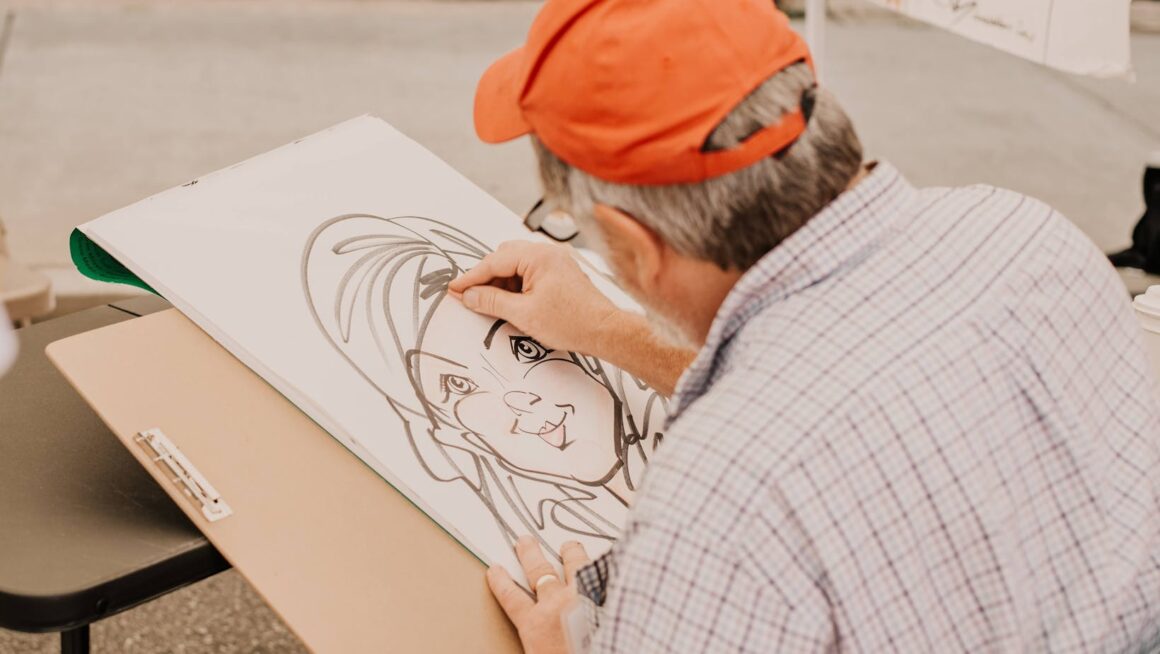
Texture breathes life into what could otherwise be a sterile field of pencil strokes. It’s the subtle detailing of a porous stone surface or the deep grooves on a tree’s bark—every granule, every ripple matters. The artist achieves textural finesse by manipulative strokes, changing the pencil’s angle, or using delicate finger-pressure adjustments. A tortillon, blending stump, or fabric can enhance perception depth, giving the impression of fur, feathers, or scales. In creating texture, the artist moves beyond simple representation, crafting an ink-filled sensory journey for the viewer.
Styles and Techniques
So, it’s clear that pencil:f9kdhkibbmm= drawings isn’t just about putting pencil to paper. It’s an art form that involves understanding and mastering various styles and techniques. Through shading, artists can add depth and volume, while cross-hatching lets them play with light and shadow. Texture creation, on the other hand, breathes life into drawings, making them appear more realistic. Having the right tools, from pencils to tortillons, can significantly enhance the quality of your work.




